6 Common Mistakes When Using Oxygen Detectors
Oxygen detectors are essential safety equipment in industrial safety, laboratory operations, medical settings, and confined space work. They monitor oxygen concentration in real time to prevent risks from hypoxic or hyperoxic environments. However, many users experience reduced device performance or even safety hazards due to improper operation or lack of maintenance during actual use. Below, Eranntex editorial team summarizes the six most common mistakes overseas users make when operating oxygen detectors, along with professional recommendations to enhance equipment safety and reliability.
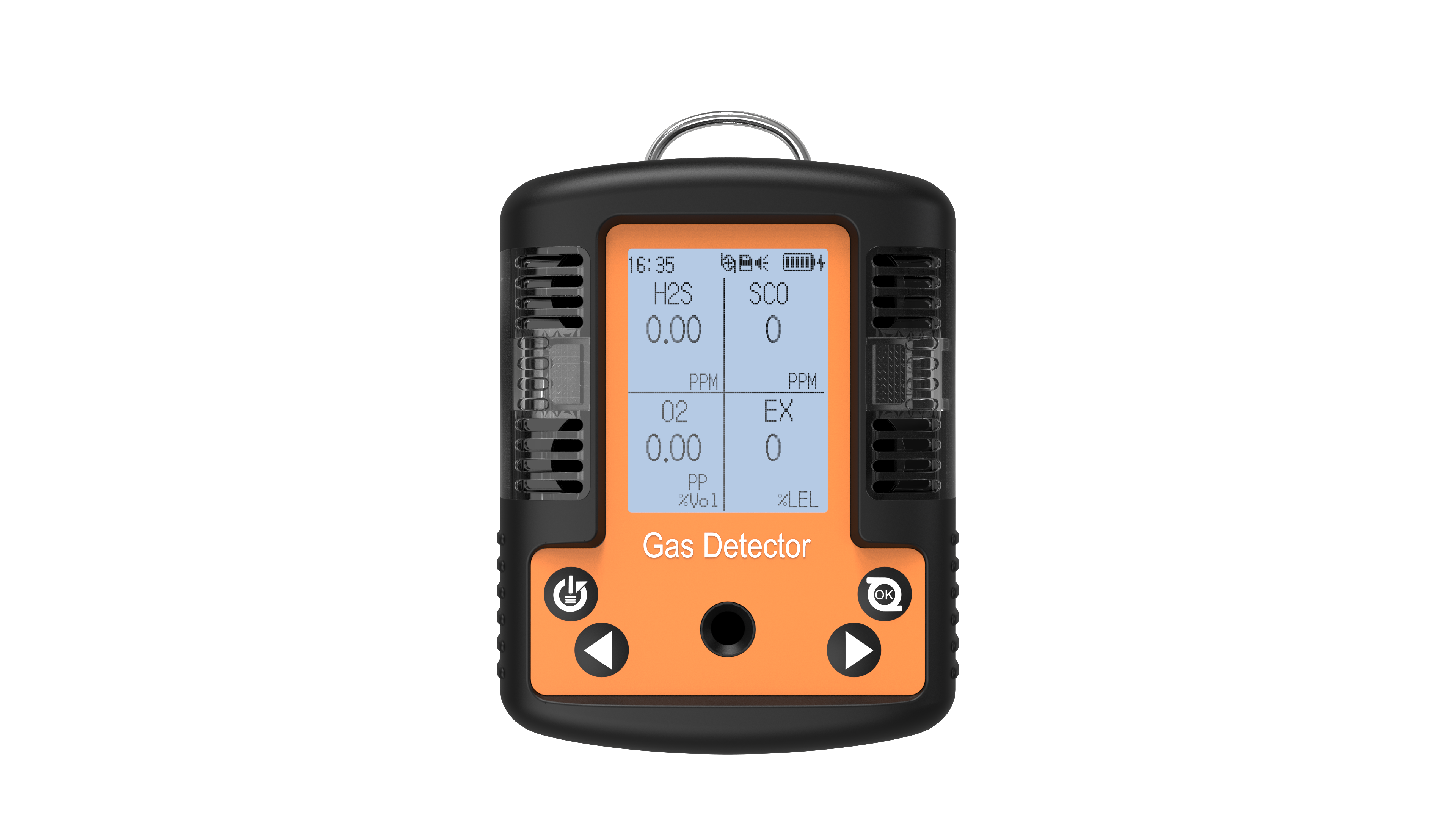
Mistake 1: Neglecting Regular Calibration, Leading to Data Distortion
The core of an oxygen detector is its sensor, whose accuracy gradually drifts over time, due to environmental changes, and exposure to gases. Many users mistakenly believe that factory calibration suffices for long-term use, overlooking the importance of regular calibration. In reality, an uncalibrated device may provide erroneous readings, failing to sound alarms at critical moments and causing severe consequences.
To prevent this issue, users should strictly adhere to the manufacturer's calibration schedule, typically every 1 to 3 months. Immediate calibration verification is required after use in extreme environments (e.g., high temperatures, humidity, or chemical gas exposure). Additionally, maintain detailed records after each calibration to track device status and comply with local regulations or safety audits.
Mistake 2: Ignoring Environmental Interference Factors
Oxygen detector readings can be disrupted by various environmental factors, including temperature, humidity, atmospheric pressure, and cross-gas interference. Certain electrochemical sensors may exhibit “cross-response” when exposed to high concentrations of carbon monoxide, hydrogen sulfide, or carbon dioxide, leading to oxygen reading deviations. This interference is particularly common in complex industrial settings.
Overseas users should prioritize selecting devices with anti-interference capabilities and thoroughly review their technical specifications. During operation, avoid exposing detectors to strong interfering gases whenever possible. If unavoidable, consider using multi-gas detectors or employing filtration devices to mitigate interference effects.
Error Three: Failure to Replace Aging Sensors
Sensors serve as the “heart” of oxygen detectors but have a limited lifespan, typically lasting 1 to 2 years. Many users assume sensors remain functional as long as the device powers on, overlooking issues like slowed response times and diminished sensitivity that arise from aging. Degraded sensors may fail to trigger timely alarms in hazardous situations, creating “hidden risks.”
Users should establish a sensor replacement schedule, ordering spare sensors in advance based on usage frequency and environmental conditions. Additionally, most modern oxygen detectors feature sensor lifespan alerts—closely monitor these notifications and replace sensors promptly to maintain detection accuracy.
Mistake 4: Improper Device Placement
The installation location of oxygen detectors directly impacts monitoring effectiveness. For instance, oxygen is slightly heavier than air and tends to accumulate in low-lying areas within enclosed spaces, while certain interfering gases (such as methane) may rise. If the device is mounted too high or too low, it may fail to accurately monitor actual oxygen concentrations.
The correct approach involves strategically placing detectors based on gas properties (density, diffusion rate) and local airflow patterns. Installation near breathing zones or potential leak sources is generally recommended. In large facilities, multi-point deployment ensures comprehensive coverage. Additionally, avoid mounting devices near vents, direct sunlight, or vibration sources to maintain measurement stability.
Mistake 5: Lack of Operator Training
Even with the most advanced oxygen detectors, improper use or misinterpretation of alarms can occur if operators lack professional training. For instance, when a low-oxygen alarm sounds, operators unaware of rapid evacuation or emergency procedures may miss critical response windows.
For overseas users, implement systematic training programs covering device principles, operational procedures, alarm handling, routine maintenance, and emergency protocols. Training should be regularly updated to ensure all operators are familiar with the latest safety standards. Additionally, operating manuals should be translated into local languages and supplemented with real-world case studies to enhance training effectiveness.
Mistake 6: Neglecting Bump Tests
A bump test involves rapidly testing the detector with a known gas concentration to verify its responsiveness. However, many users rely solely on the device's self-test function, assuming a passing self-test indicates normal operation. In reality, self-tests typically only verify circuitry and battery status, failing to validate the sensor's actual response capability.
To ensure device reliability, it is recommended to perform a bump test before each use (especially before entering high-risk environments). If the device fails to respond normally, cease use immediately and proceed with calibration or repair. The bump test serves as the final line of defense against device failure and must not be overlooked.
Oxygen detectors are vital tools for safeguarding lives, yet their effectiveness hinges on proper usage and maintenance. By avoiding the six common pitfalls—regular calibration, accounting for environmental interference, timely sensor replacement, optimal installation positioning, enhanced operator training, and consistent functional testing—users overseas can significantly enhance device safety performance. This ensures accurate and reliable monitoring data across diverse complex environments. Safety demands no small measures; only standardized operation can prevent potential hazards before they arise.
Related information
-
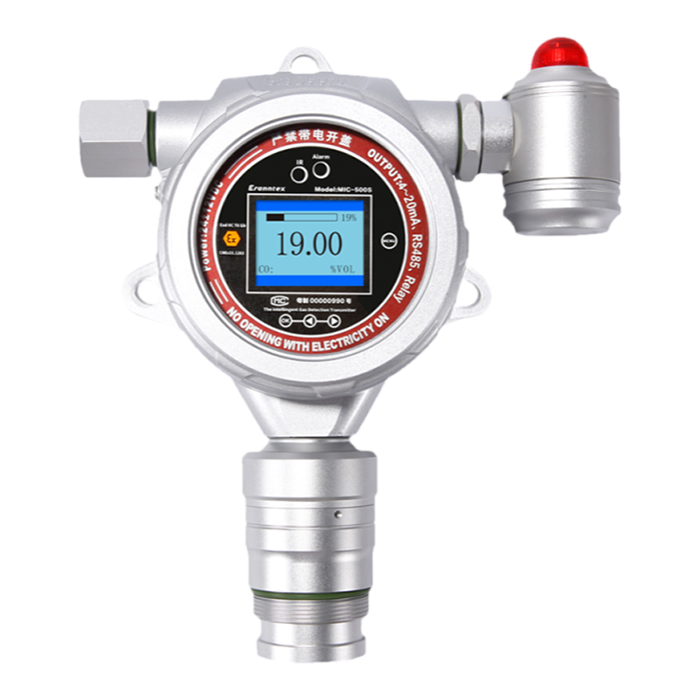
Combustible Gas Detectors: Your First Line of Defense
In today\'s society, whether in cosy domestic settings, bustling industrial environments, or challenging outdoor work zones, combu...
2025-10-31 -

How to Test Your Oxygen Detectors Effectively?
In today\'s society, where safety and health are paramount, oxygen detectors serve as vital equipment safeguarding us from the d...
2025-10-29 -

Oxygen Detectors: Your Key to a Safer Environment
In the global pursuit of safety and healthy living, oxygen detectors are increasingly becoming indispensable equipment for safeg...
2025-10-27 -
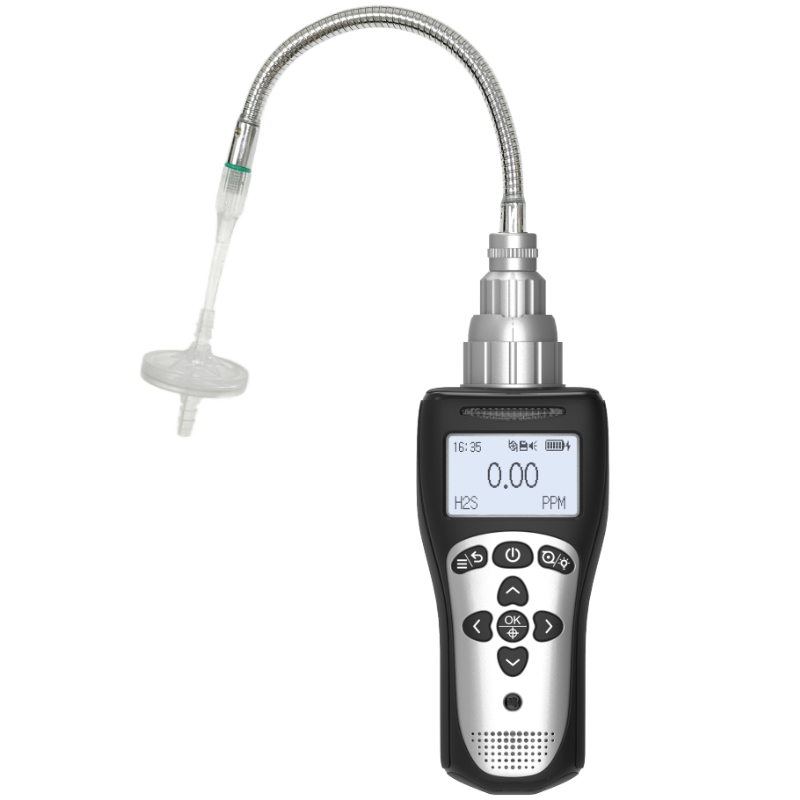
6 Types of Oxygen Detectors You Should Know About
In countless industrial, commercial, and research settings, oxygen serves as both the source of life and a potential hazard. Insuf...
2025-10-24 -

How Often Should You Replace Your Oxygen Detectors?
In today\'s society, oxygen detectors play a vital role across industrial production, underground operations, and specific domesti...
2025-10-22

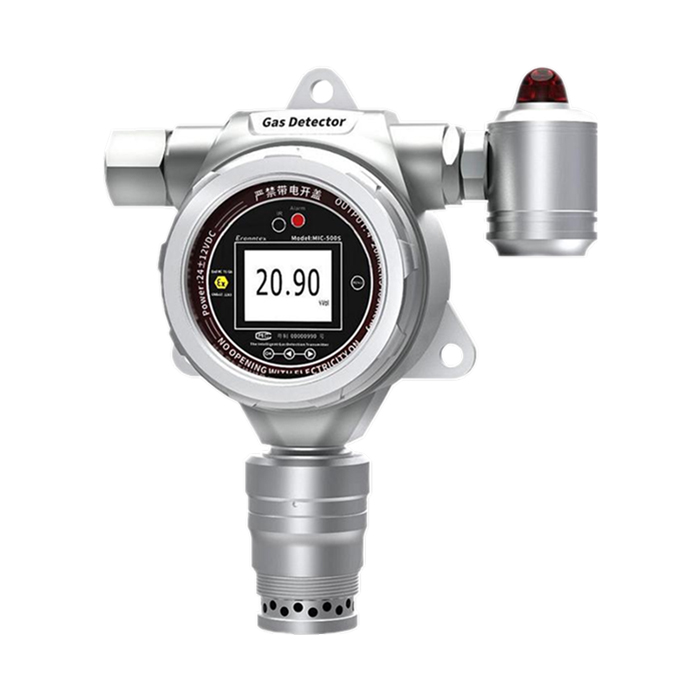
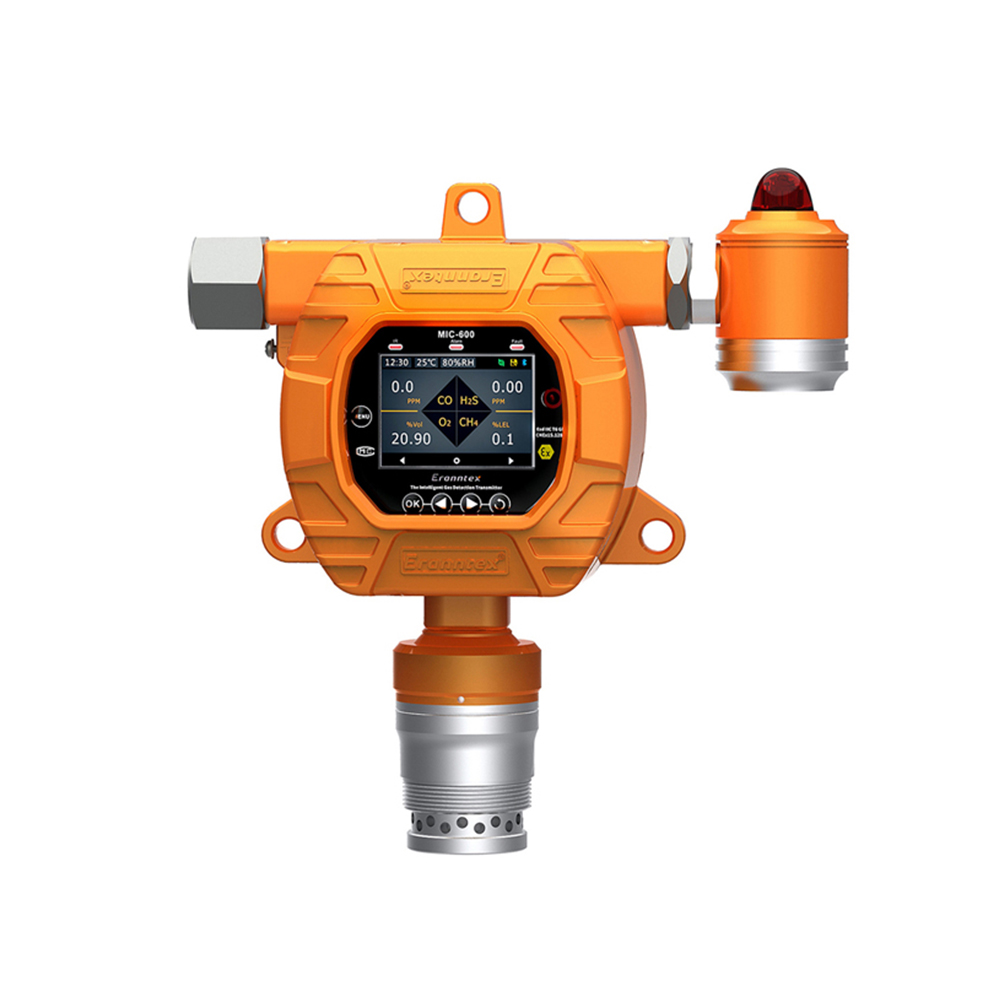
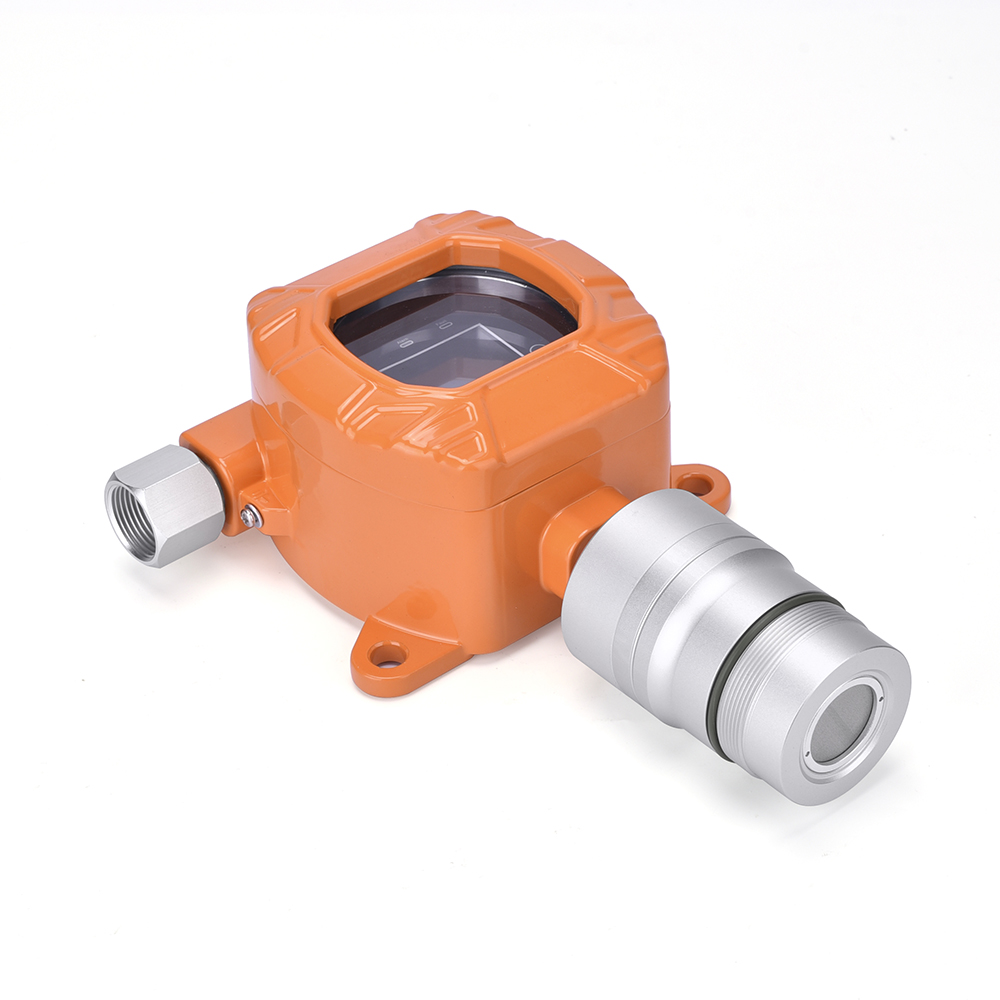
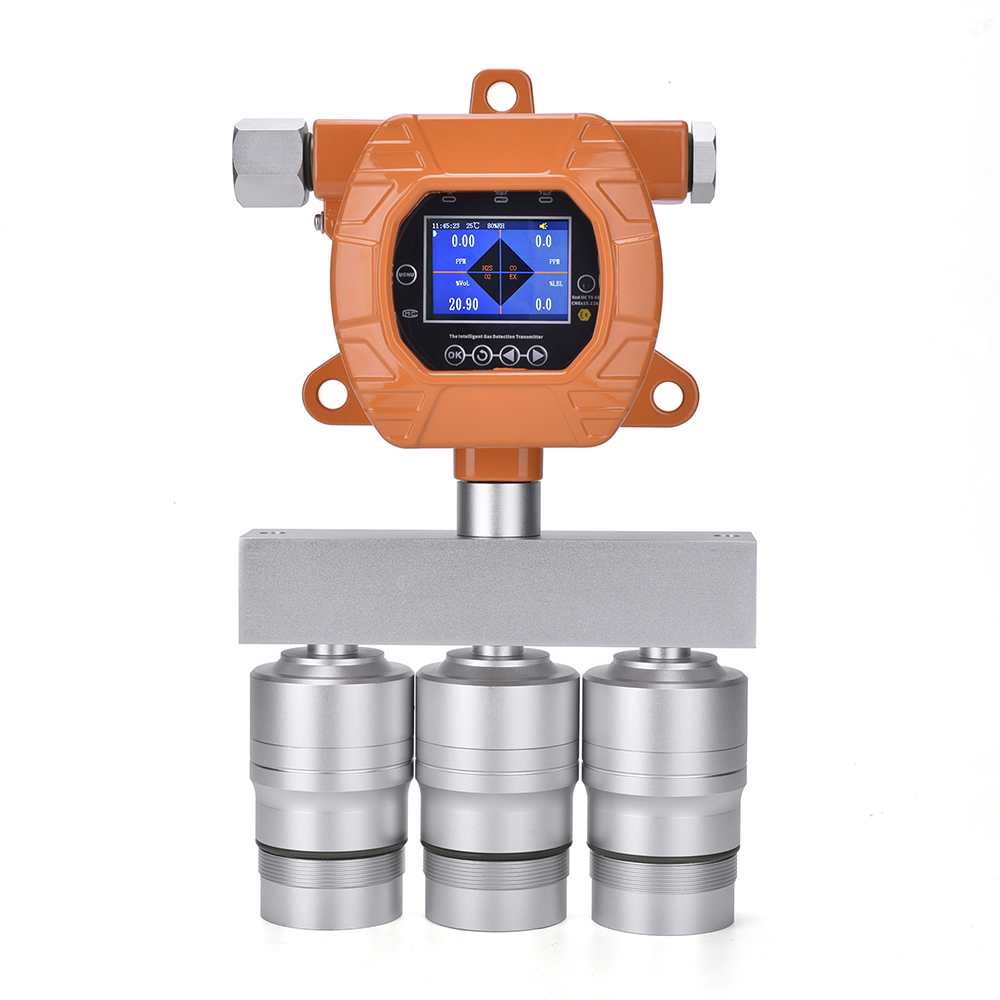

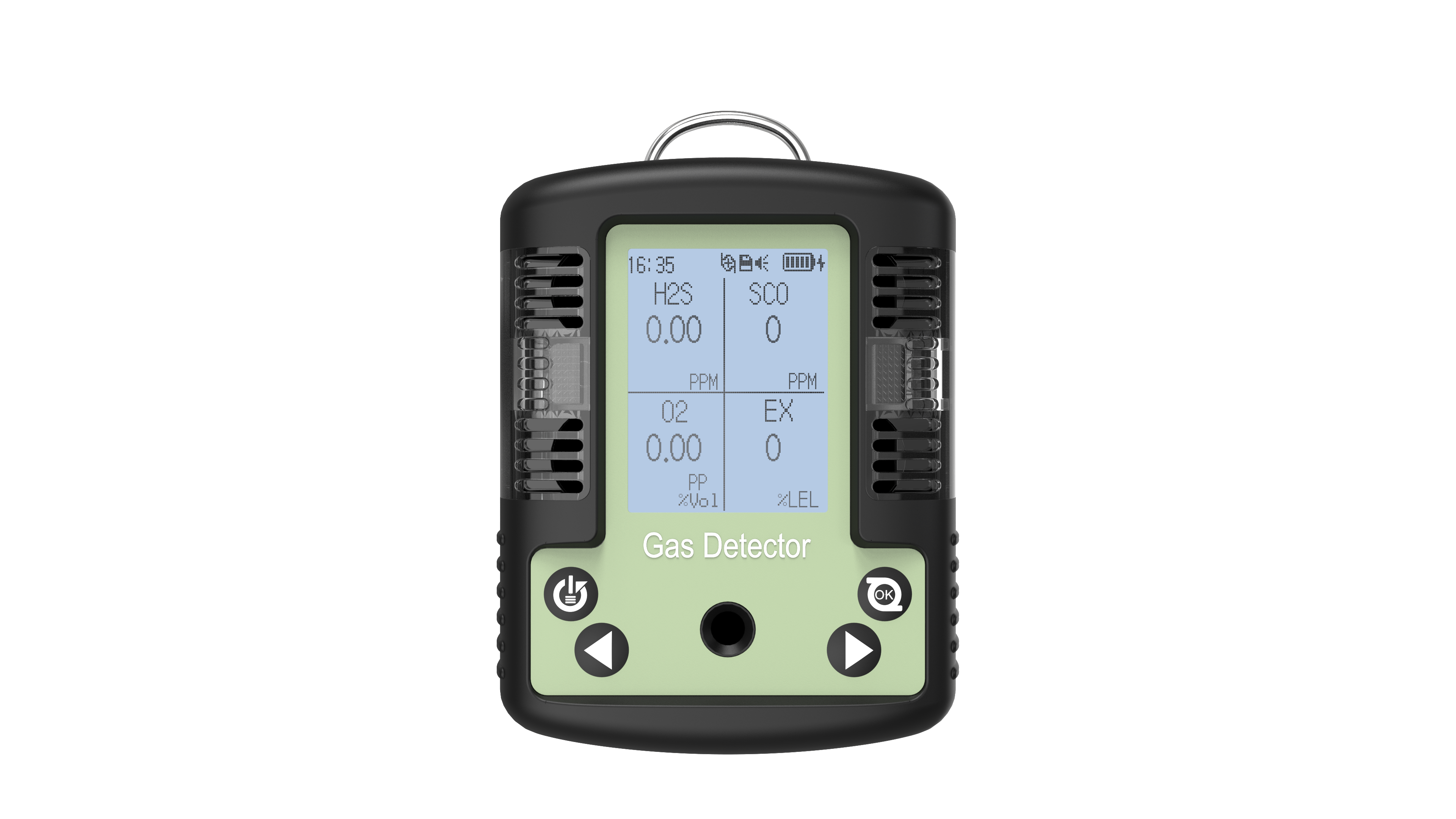

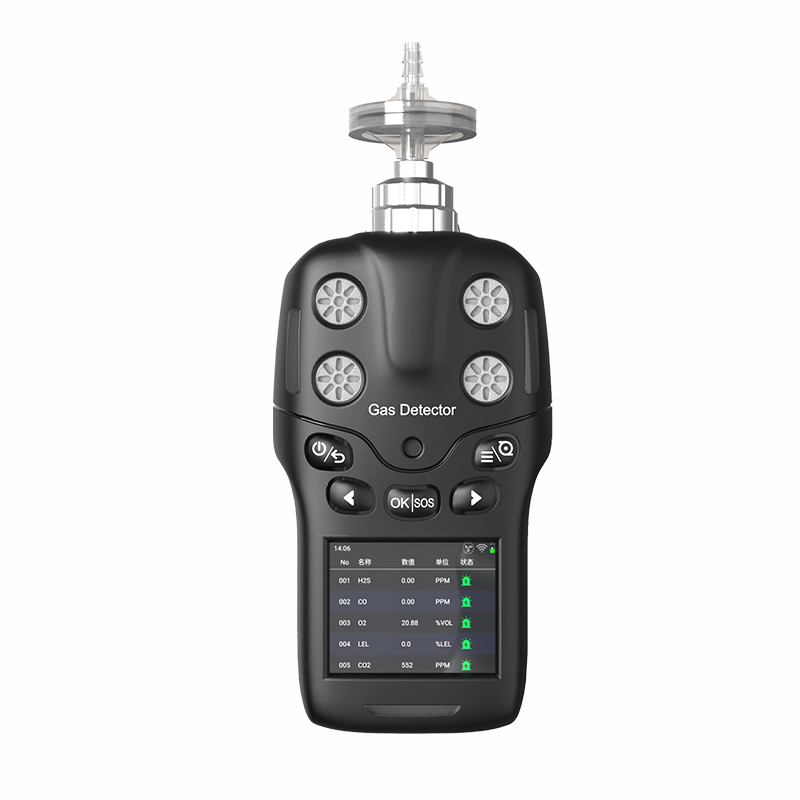

 info@eranntexgas.com
info@eranntexgas.com


 13480931872
13480931872